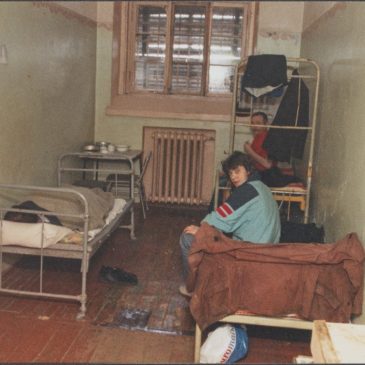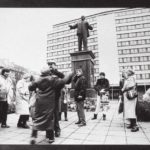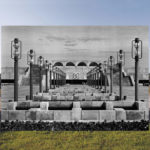Patarei Prison, nestled along the shores of Kalamaja, stands as a haunting relic of a bygone era. For over a century, its towering walls bore witness to the ebb and flow of human suffering and resilience. But as the tides of time marched forward, Patarei faced its own reckoning. In the twilight of its existence as a functioning prison, a series of archival photos capture the essence of its final days, serving as a poignant reminder of the complex layers of history it holds within its walls.
A Legacy of Infamy
Constructed in the 19th century, Patarei Prison initially served as a sea fortress before being repurposed as a prison during the First Estonian Republic in 1920. The most infamous period of Patarei’s history came in the Soviet days. As a key cog in the Soviet system of oppression, Patarei gained notoriety for its harsh conditions and brutal treatment of inmates. Executions and interrogations were carried out here and Patarei became a feared place. The echoes of suffering reverberated within its walls as countless individuals endured unspeakable hardships.
The End of an Era
As the Soviet Union dissolved and Estonia regained its independence, Patarei continued to stand as Tallinn’s Central Prison. However, by the turn of the millennium, its days as a functioning prison were numbered. The last inmates departed in 2002, marking the end of an era that had spanned 82 years.
Many people overlook the final decades of the prison. The brutal decades of Stalin, Hitler and the Soviet Union still live on in infamy but by the 1990s, the inmates of Patarei were largely forgotten.
However, thanks to the records from Ajapaik and Rahvusarhiiv archives, we are able to get a glimpse of the final years of Patarei. During the 1990s and early 2000s photographers came to the prison, documenting not only the daily life of inmates but the eerie silence in the days after they all left.
Life inside Patarei: 1990s
Dinner Time
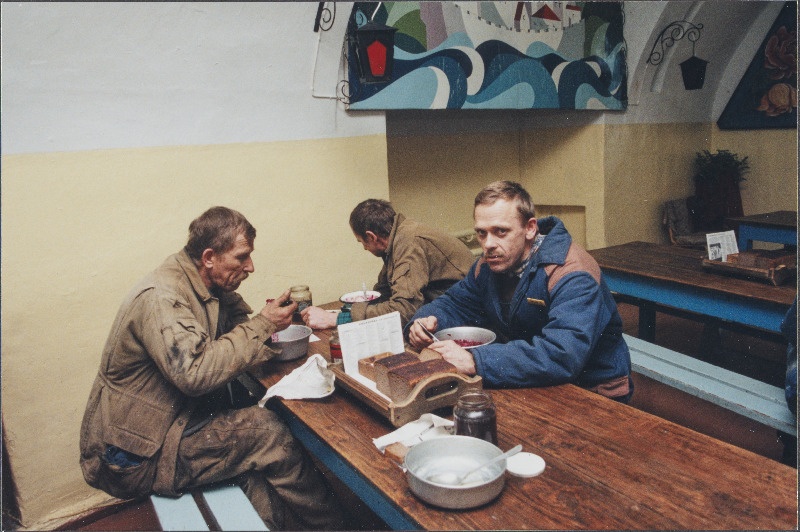
Rhttps://www.ra.ee/fotis/index.php/et/photo/view?id=954004ahvusarhiiv
Here we can see images of people eating in the prison canteen (1998). Borscht and dark bread. Classic. It is not clear to me if these people are inmates or staff, given the differences in uniform.

https://www.ra.ee/fotis/index.php/et/photo/view?id=954001
This image is entitled “sharing food” (1998). You can see how ‘excited’ this prison guard is about his lunch time meal.
Life in the cells
In these images we get a glimpse into what a typical shared cell looked like. Many of these beds were removed from the prison in 2021. Throw out of the window and taken away.

Rahvusarhiiv https://www.ra.ee/fotis/index.php/et/photo/view?id=953990
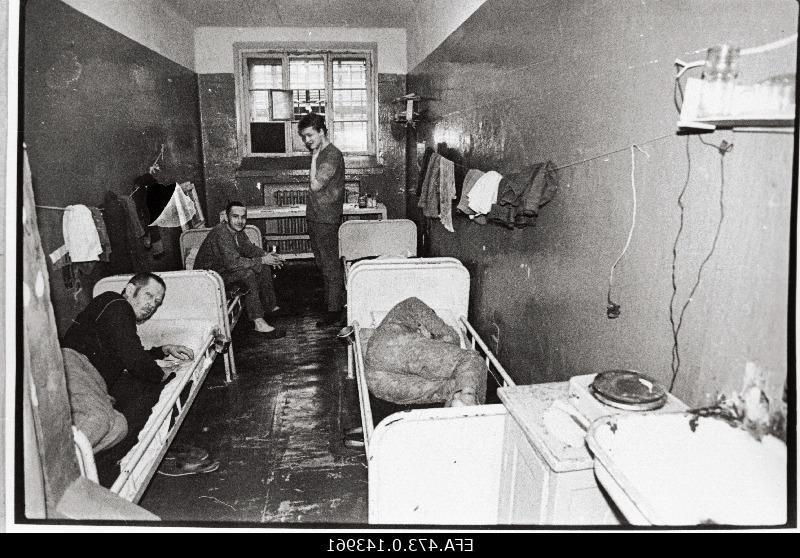
https://www.ra.ee/fotis/index.php/et/photo/view?id=152356
Pre-Trial
For much of its history, Patarei was a holding prison. It was a place were inmates would be keep while they were waiting for their trial. It also had the same function during the Soviet days but with added brutality, considering this was an opportunity for the NKVD to interrogate prisoners. Given the overcrowding during the Soviet period many prisoners would still spend years in the filth of Patarei.
In this image, we can see a pre-trial cell from 1999.
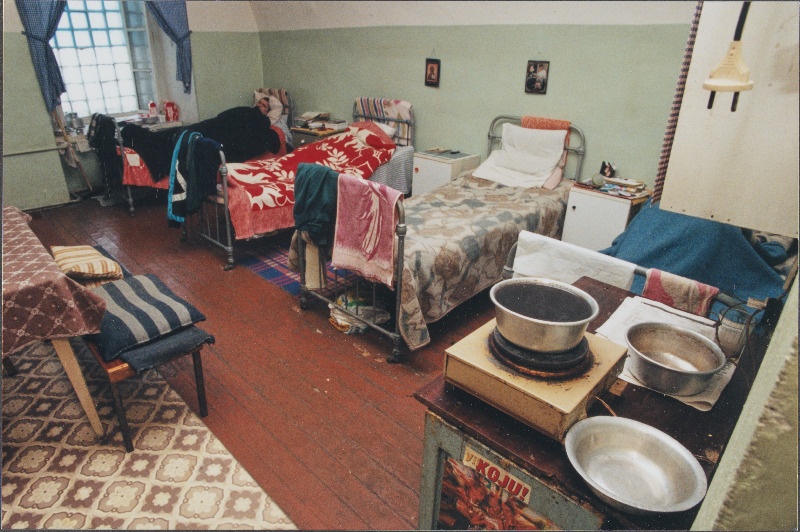
https://www.ra.ee/fotis/index.php/et/photo/view?id=953987
Outdoor Cells
In the main courtyard of the prison there were outdoor cells, giving prisoners a very brief breath of fresh air and a chance to walk, if only in circles. A central elevated walkway allowed guards to observe the inmates from above. This photo was taken from that walkway, dated 1992. These outdoor cells were destroyed in 2021, although some have been preserved next to the east wing of the prison.

https://www.ra.ee/fotis/index.php/et/photo/view?id=508069
Prison Hospital
Patarei had a medical facility. It looked like a very intimidating place. If you would like to see images of the facility itself check out Robin Hudson Photography. He was the last photographer to document Patarei before the renovation work began. The room in this photo looks very similar to the pre-trial cell but according to the source, this was taken in the medical department. The last inmates of Patarei left in 2002 but the building continued to be used as a prison hospital until 2005.

https://www.ra.ee/fotis/index.php/et/photo/view?id=953987
Hitting the weights (1992)
This image speaks for itself. Guys in the prison getting buff. There was another image of this man in mid squat but for the sense of decency, I decided to leave that one out. Save those pics for Instagram.
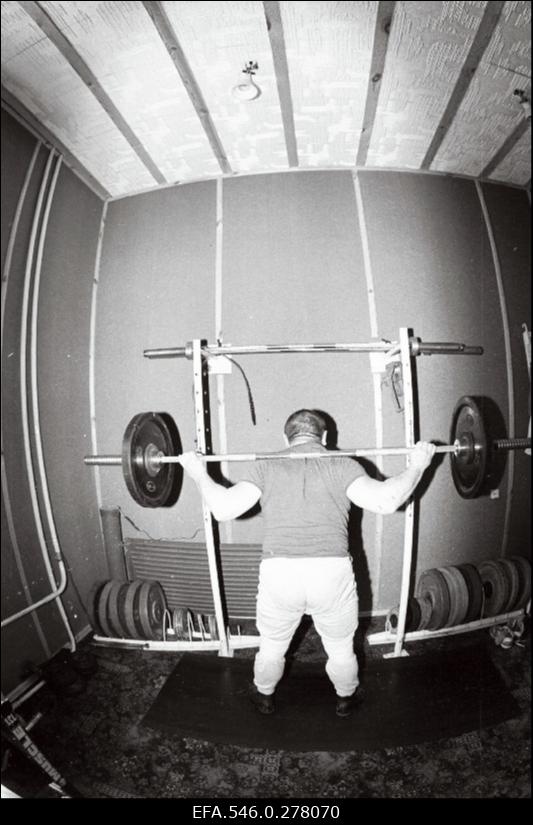
https://www.ra.ee/fotis/index.php/et/photo/view?id=508074
Cell transfer
A freshly-shaven inmate is escorted to his cell under the watch of a prison guard (1992).
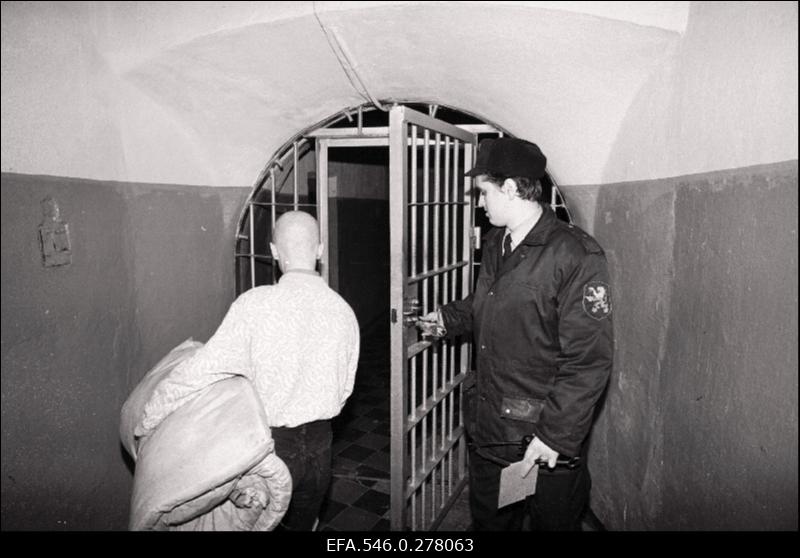
https://www.ra.ee/fotis/index.php/et/photo/view?id=508067
Patarei Closes (2002)
View from the shore (2004)
Here we can see a view of the prison after its closure. This image was taken from the eastern side. On the left you can see the single cell block (constructed in the 1930s). You can also notice the extended wall and guard tower in the centre. This are is now a public footpath leading through a hole in the wall into the territory.
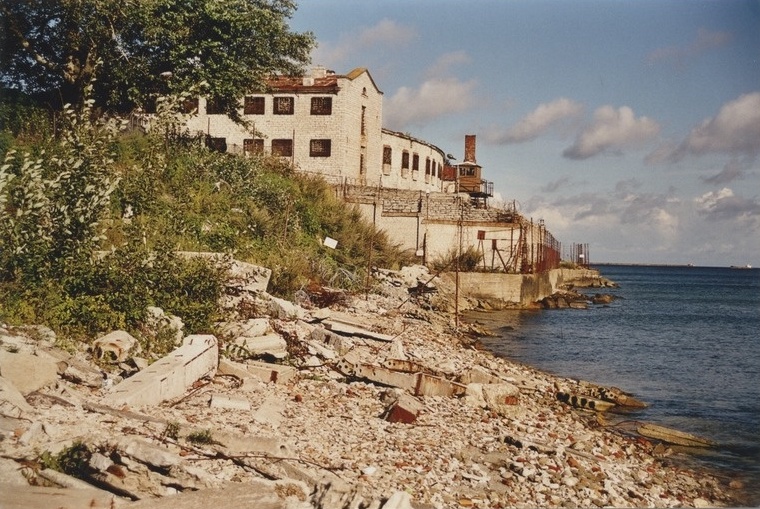
https://www.muis.ee/museaalView/1403983
Outdoor Cells
Here we can get a better view of the outdoor cells and elevated walkway in 2004. This was the first thing you would see upon entering the prison.

https://www.muis.ee/museaalView/3038044
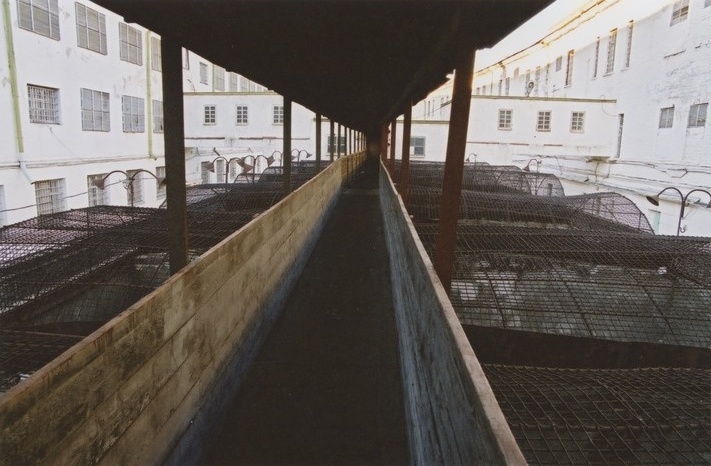
Patarei Prison Entrance
‘No entry’. A command I’m sure many of the prisoners wish they could have obeyed. First image: 1995. Second image: 2002.

https://www.ra.ee/fotis/index.php/et/photo/view?id=953998

https://www.muis.ee/museaalView/3038066
Inside the prison walls
Empty cells
Some of the first photos taken from inside the prison cells after the closure of Patarei. It’s not clear if these cells were used in the 1990s but we can be sure that they had not been altered since the last inmates left.
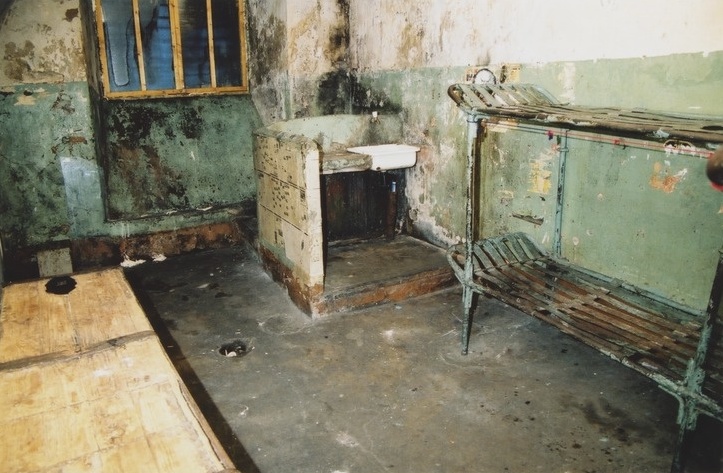
https://www.muis.ee/museaalView/3038098

https://www.muis.ee/museaalView/3038115

https://www.muis.ee/museaalView/3038122
Hospital (2002)
As I mentioned before, the medical department was still in use at this time. Maybe the staff knew that a photographer was going to be wandering around. Look how clean and tidy the room is!
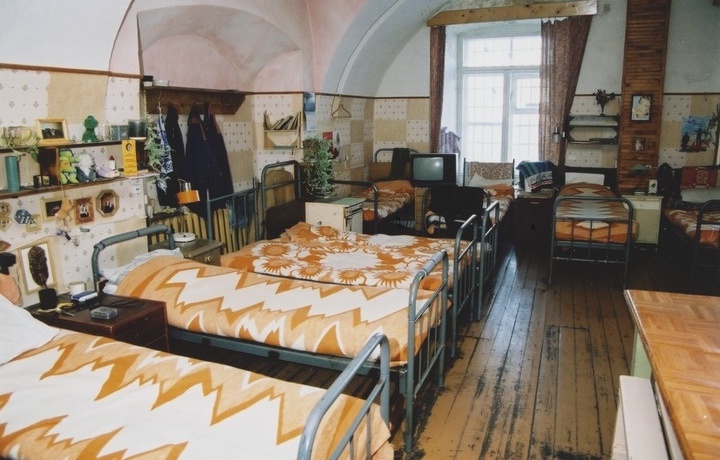
https://www.muis.ee/museaalview/3038138
Toilets
…and you thought public toilets in the city were bad.
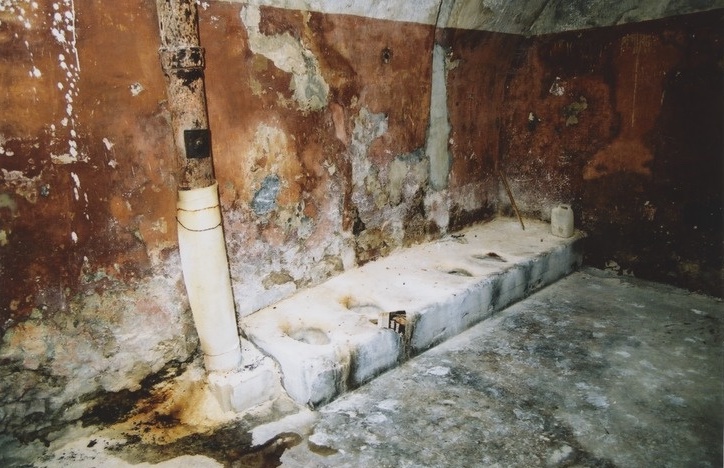
https://www.muis.ee/museaalView/3038117

https://www.muis.ee/museaalView/3038079
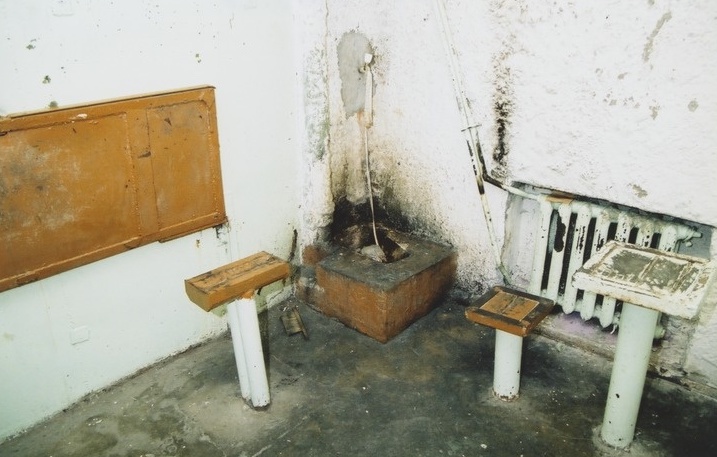
https://www.muis.ee/museaalView/3038125
Corridor Checkpoint
How many inmates passed through these doors I wonder?

https://www.muis.ee/museaalview/3038074
Execution Room
For many prisoners in Patarei, this was the last room they would ever see. During the Soviet days, a lot of inmates were executed here in the shooting room. They would be blindfolded, told to get on their knees and face the wall, before being shot in the head. Often in the early 1940s, bodies would be buried secretly. This last death penalty carried out in this room was on 11th September 1991.

